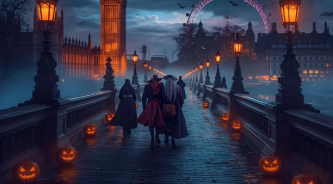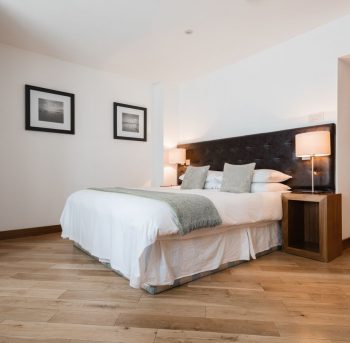As you walk along the streets of London, have you ever thought about what lies under your feet? It is not just a matter of pavements and roads, but former buildings, rivers and lost roads. London is an immensely old city, people have been living here for centuries upon centuries. Over that time, buildings have been destroyed, streets redesigned and rivers tamed. There have even been structures built underground that have changed the way the city operates.
Street names often give indications of London’s sometimes turbulent past or its hidden history. Surrounded by many Self Catering Apartments London is Fleet Street, one of the most famous streets in London, having once been home to countless newspapers. Yet it is actually named after the Fleet River that used to run close by – a river that is now hidden underground and diverted via sewers into the River Thames.
Archaeologists often find remnants of that hidden history whenever they are able undertake excavations when rebuilding takes place. Sometimes this results in the discovery of famous buildings such as theatres that were once used by William Shakespeare in Southwark.
At the moment, visitors staying in Aparthotels London can attend a major exhibition at the Museum of London, near St Paul’s Cathedral telling the story of the discoveries that have been made during the excavation of the new CrossRail development passing from east to west across the centre of the city. On display are countless items that have been discovered during the excavation such as pottery, jewellery and household items.
CrossRail will form part of the London Underground network. Every time you travel through the maze of underground tunnels not just those used by the trains, but the ones surrounding each station, you are traveling through history. Many of those lines, such as the Circle Line were built in the nineteenth century, and initially used steam trains to take people from one place to another. The London Underground was actually the first underground train system to be created anywhere in the world, and was quickly copied by cities elsewhere.
Over the years, the Underground system has changed dramatically – not least being the use of much cleaner trains! Just a short tube ride from Presidential Apartments Kensington is the London Underground Museum in Covent Garden is a fantastic place to visit to find out about that history. You can even see one of the earliest carriages used on the Underground, as well as a stunning collection of travel posters. It also tells the story of how the iconic map and logo came into being!
The Underground has not just played a major role in getting people from one place to another, there have been times when it has provided sanctuary. During the Second World War, thousands of Londoners spent their nights sleeping on the platforms. They even held parties, and had a mobile café bringing food and drink. It was their refuge from the German air force’s attempts to bomb London into submission.
Another reminder of that time can be found in Whitehall, where Churchill’s Cabinet War Rooms show how he and his government lived and worked underground during that constant bombardment. You can explore his headquarters, living quarters and the rooms used by government and military officials.







